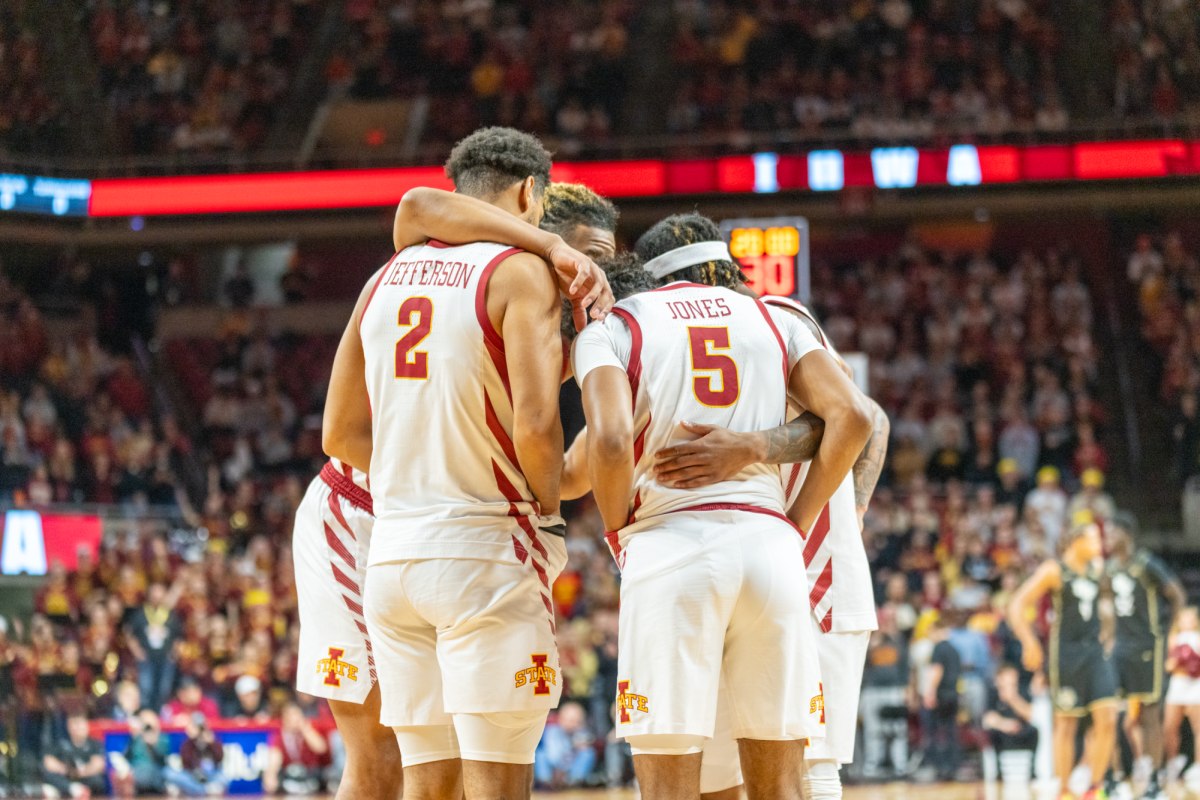NCAA changes transfer and football redshirting rules
Emily Blobaum/Iowa State Daily
Tight end coach and recruiting coordinator Alex Golesh introduces Clifford Fernandez, a transfer tight end from Mississippi, during the 2016 Signing Day Celebration at the Sukup End Zone Feb. 3. The Iowa State football staff introduced all of its 29 signees at the event.
June 13, 2018
The NCAA announced a pair of rule changes on Wednesday that will shake up how transfers and redshirts are restricted in the coming years.
The first change affects the transfer rules for student-athletes.
College athletes will no longer be required to have permission from their school or coach before transferring to another school. The new rule takes effect on Oct. 15.
With the rule change, athletes gain more options for schools. The NCAA will keep a pool of players who are available to be recruited. After an athlete tells their coach they plan to transfer, the coach is required to put the athlete’s name in the pool of available players to be recruited.
The rule also makes tampering with another school’s student-athlete a Level 2 rule violation.
The second rule applies to only football. Under the new redshirt rule, college football players will be able to compete in up to four games without exhausting a year of eligibility.
The redshirt change benefits athletes who are injured early in the season and sit out the rest of the season. It’s also useful for less experienced players to gain on-field experience without sacrificing a season of eligibility.
In recent years, there’s been a trend of college football superstars (such as LSU’s Leonard Fournette and Stanford’s Christian McCaffrey) that have passed on their teams bowl games to prevent an injury derailing their NFL careers.
Under the new rule, a redshirting player could’ve stepped in for a game and kept full eligibility.







